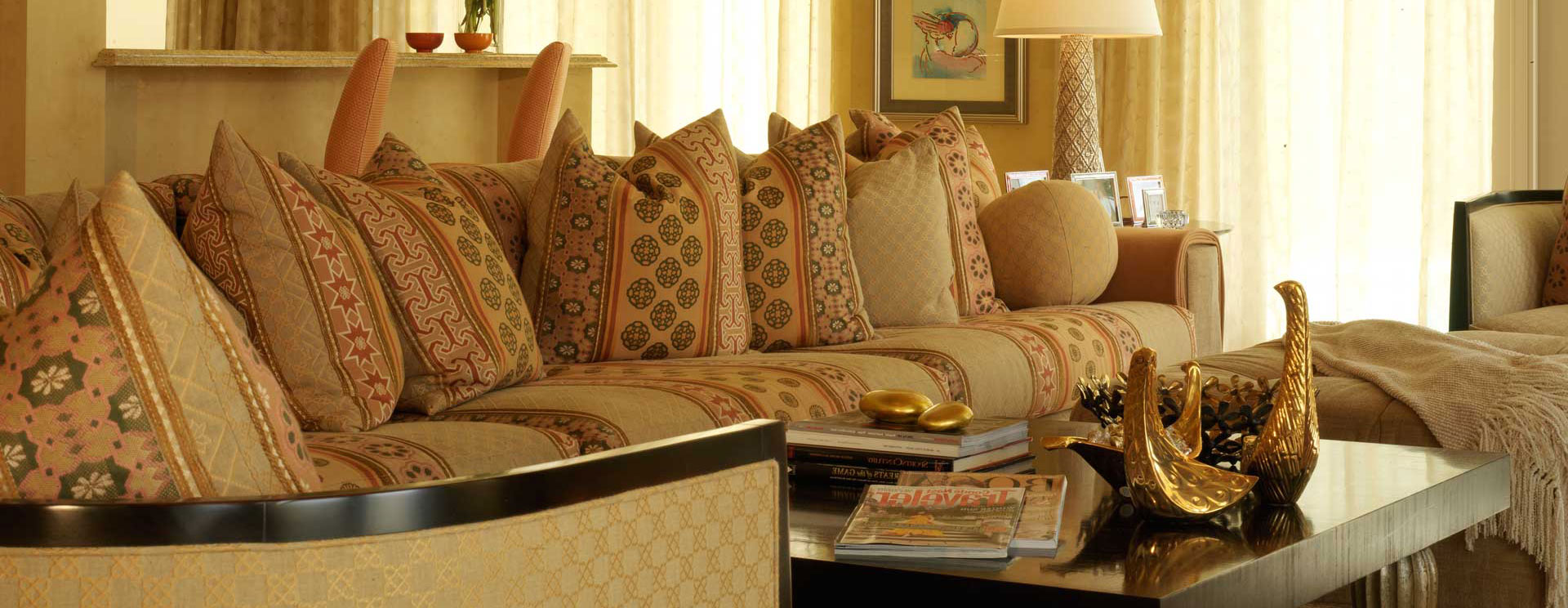
26 Aug 10 Ways Home Design Will Forever Be Changed by Covid-19
COVID-19 is changing everything. Its impact has been visible in how it has transformed the way we work, how workplaces are organized, the methods we use to get to and from work, and the extent of our interactions with other people at work.
But what we are seeing is only the beginning of how this pandemic will affect modern living as we know it. There is really no telling what the final direction of the COVID-19-induced changes in our society will be.
One thing is clear at the moment; the pandemic has utterly distorted the shape of the housing industry. It has altered people’s behaviors in terms of the places where they like to buy homes and how they want those homes designed.
Below we look at how architects and home designers are responding to the challenges posed by COVID-19 to housing design. This article examines the unexpected and often ingenious ways that home design is adapting to the pandemic.
1. More rooms and additional spaces

Naturally, the first change is that homes have more square footage. This is the direct result of designers discovering that homeowners needed more room to accommodate college students who were not at college, grandparents who remained with their adult children, and small children who were schooling remotely.
2. Full-fledged office spaces and study areas
Makeshift spaces like a temporarily converted corner of the dining area will no longer suffice as home offices. New home offices will have the same functionalities as real workplaces. They will often be built separate from the main house to inject a work environment.
3. More intentional design
Home design will reflect more of the current realities by locating rooms according to their function. Architects will deploy more rounded edges across the home because they are easier to clean. There will also be anterooms around the main entryway to sanitize occupants before they enter the home.
4. Greater emphasis on emotional well-being in design

Given the heightened state of anxiety most people will live in, the home will need to have a more relaxing atmosphere. This will be achieved by using colors that improve relaxation. Features that mimic the energizing and stress-relieving effects of nature are being incorporated.
5. Separate spaces
The desire for privacy and the need to limit exposure to germs will lead away from the open-floor layout. Since families will be spending more time together at home, individual family members will want to own and preserve their personal spaces even more.
6. Versatile spaces
The spaces in the home will be easier to convert to other uses as a way of maximizing their use. Dining areas will be easily converted to a classroom or office. Because it is unrealistic for every family member to have a separate workspace, this is a more accessible option.
7. Self-sanitizing materials

Materials that are naturally antiseptic will be used more in the home and office. Self-sanitizing materials have a natural ability to kill pathogens that come into contact with them, explains Markham Services. Examples of self-sanitizing materials that are already being used are:
- Quartz: This non-precious stone is already popular as one of the best construction materials to use in the home. However, beyond the fact that it is very hard, stain-resistant, and scratch-proof, quartz is impervious to penetration by germs. This quality makes it the most sanitary stone for use in home construction.
- Metals: Some everyday metals have long been recognized for their natural antiseptic qualities. These include silver, copper, brass, and bronze. Their intrinsic ability to destroy any harmful microorganisms that land on their surface makes them attractive for use on items that people come into regular contact with. The fact that they also have superior aesthetics will lead to even quicker adoption.
- Bamboo, cork, and oak: These woods have the natural quality of being able to inhibit the growth of bacteria and other pathogens. The natural beauty of wood means these materials can be used to create a safer environment while preserving the appeal of the home.
8. Dedicated quarantine space
Homes will be designed with separate rooms for isolating sick members of the household. These will allow other family members to keep an eye on their loved ones without exposing themselves. Families are going to prefer this to large quarantine facilities run by health institutions.
9. Elaborate areas for activities and entertainment
To compensate for their inability to go out and participate in the sports and games they love, families will need substitute spaces for enjoying those activities. This will lead to the inclusion of fully-decked gyms, media rooms, game rooms, home theaters, and other such amenities in the home.
10. Space for home-gardening and hobbies
In addition to indoor spaces for entertainment, people will want outdoor spaces where they can come into closer contact with nature. A lot of homeowners will want additional space for a home garden and roof gardens will become even more popular. Also, a household will require bigger spaces to pursue hobbies and their DIY interests.

